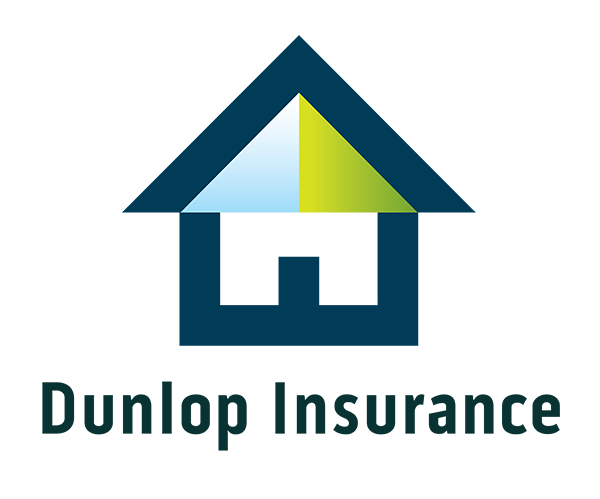
House insurance, also known as home insurance, is a vital aspect of property ownership in New Zealand. It provides financial protection for homeowners against potential risks and damages to their property, ensuring that they are covered in the event of unforeseen circumstances. Here’s a broad overview of house insurance in New Zealand:

Your Financial Safety Net.

